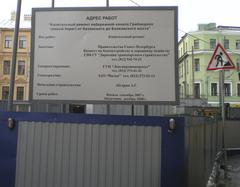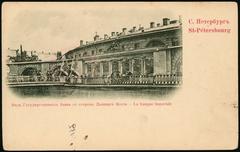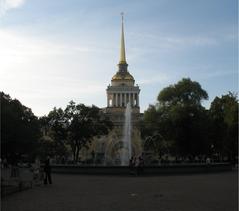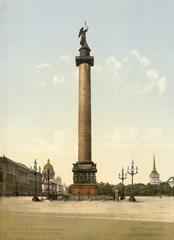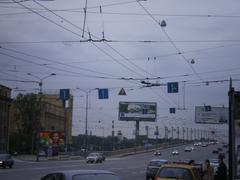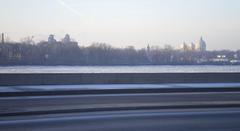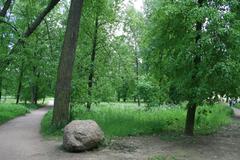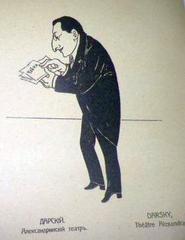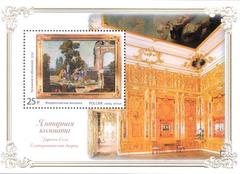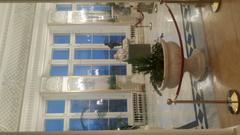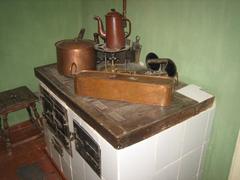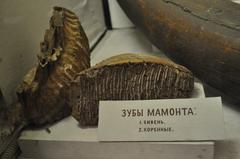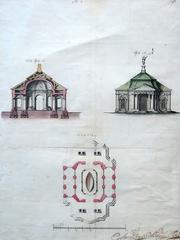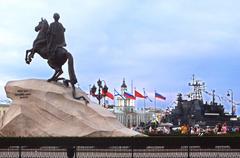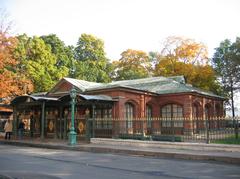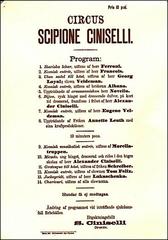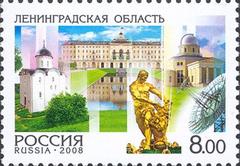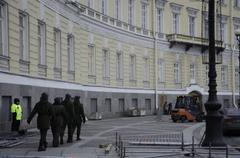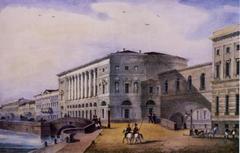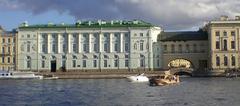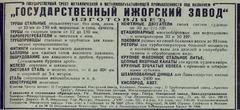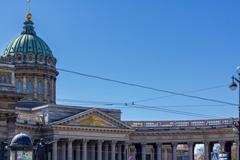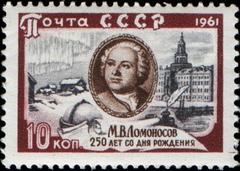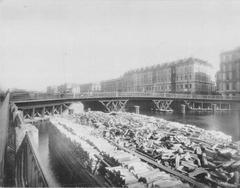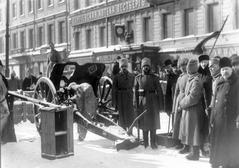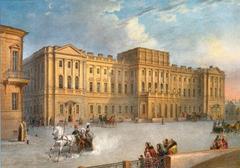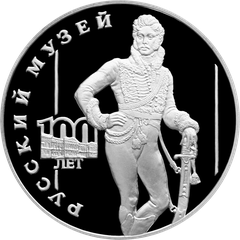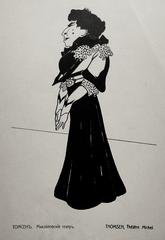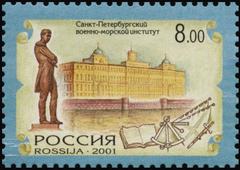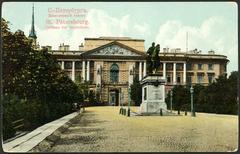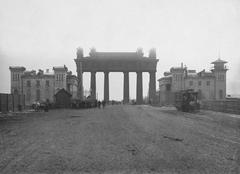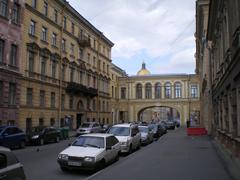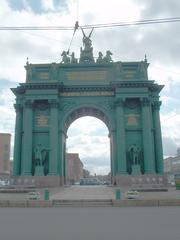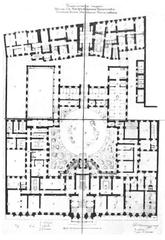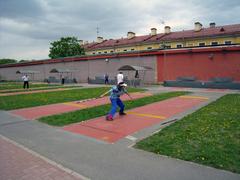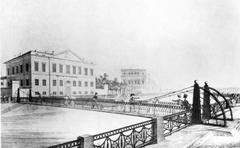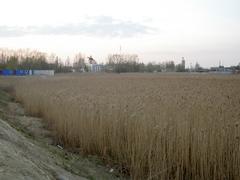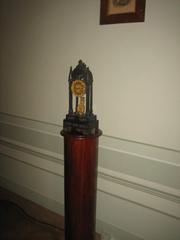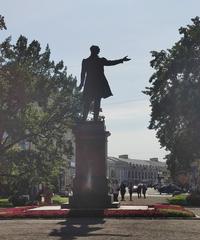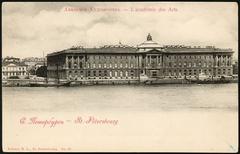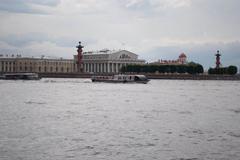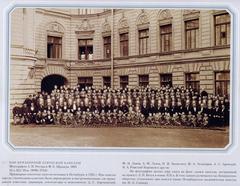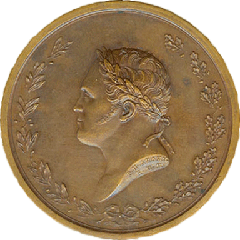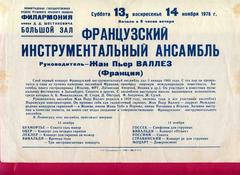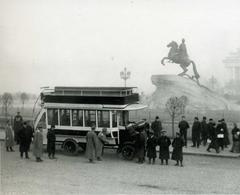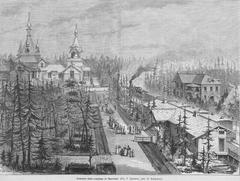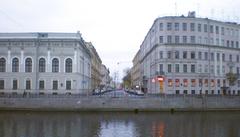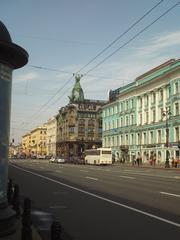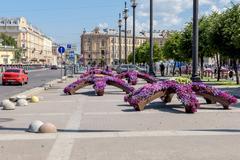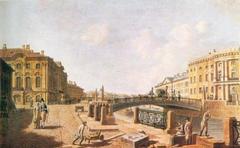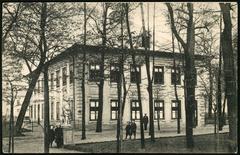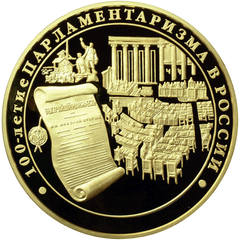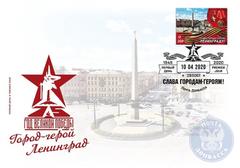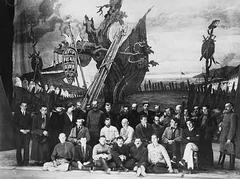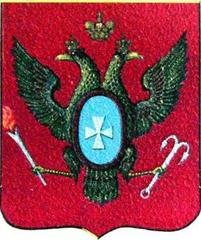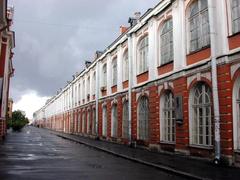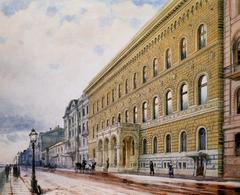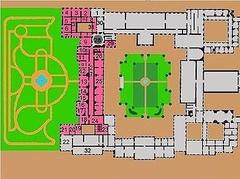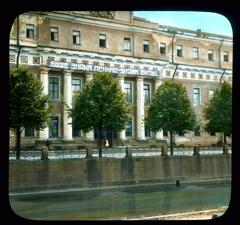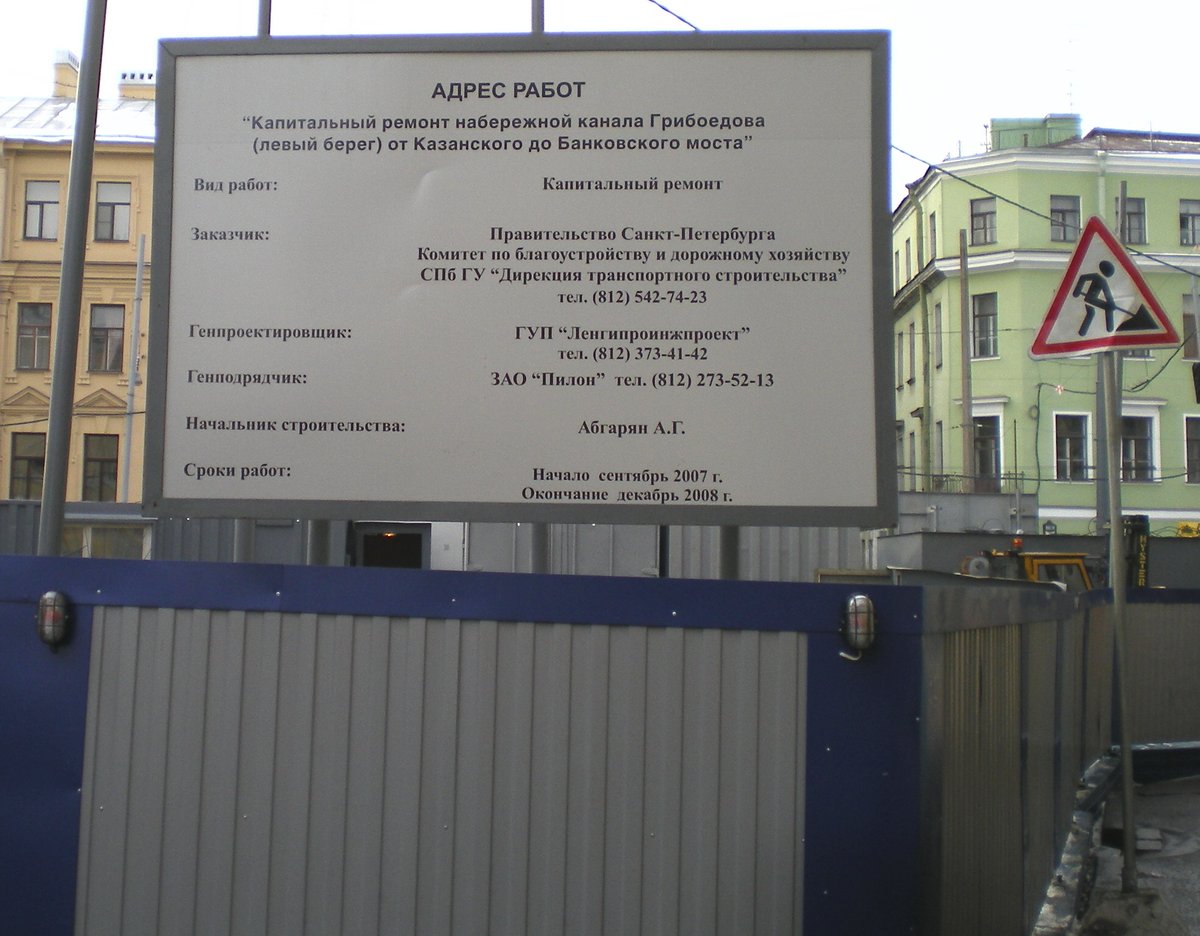
Comprehensive Guide to Visiting Bankovsky Bridge, Saint Petersburg, Russia
Date: 19/07/2024
Introduction
Discover the allure of one of Saint Petersburg’s most iconic landmarks - the Bank Bridge (Банковский мост). This pedestrian bridge, rich in history and architectural beauty, spans the Griboedov Canal and offers visitors a glimpse into the city’s vibrant past. Constructed in 1825-1826, the Bank Bridge is one of the oldest and most iconic bridges in the city. Designed by the renowned engineer Wilhelm von Traitteur and architect Vasily Tretter, it holds a special place in the cultural and historical landscape of Saint Petersburg. The bridge’s unique design features four cast-iron griffin statues, created by sculptor Pavel Sokolov, which serve both a decorative and structural purpose. Its architectural beauty and cultural significance make it a must-visit for anyone exploring Saint Petersburg. This guide will provide a comprehensive exploration of the bridge’s historical background, architectural design, cultural impact, preservation efforts, and practical tips for visitors.
Table of Contents
- Introduction
- Historical Background
- Architectural Design
- Cultural Significance
- Preservation and Restoration
- Practical Visitor Information
- Visitor Tips
- FAQ
- Conclusion
Historical Background
Банковский мост, or Bank Bridge, is a pedestrian bridge in Saint Petersburg, Russia, that spans the Griboedov Canal. Constructed in 1825-1826, it is one of the oldest and most iconic bridges in the city. The bridge was designed by the renowned engineer Wilhelm von Traitteur and architect Vasily Tretter, who were instrumental in the development of Saint Petersburg’s infrastructure during the early 19th century.
The bridge was originally built to connect the bustling commercial area around the Assignation Bank (hence its name) with other parts of the city. The Assignation Bank was a significant financial institution in Imperial Russia, and the bridge facilitated easy access for bank employees and clients. The bridge’s construction was part of a broader effort to modernize the city’s infrastructure, which included the development of canals, roads, and bridges to support Saint Petersburg’s growing population and economic activities.
Architectural Design
Банковский мост is renowned for its unique and intricate design, which combines functionality with artistic elements. The bridge is a suspension bridge, a relatively rare design for pedestrian bridges of its time. The main span of the bridge is supported by four cast-iron griffin statues, which serve both a decorative and structural purpose. These griffins, with their wings outstretched, appear to be guarding the bridge and have become one of its most recognizable features.
The griffins were designed by the sculptor Pavel Sokolov, who was known for his work on various architectural projects in Saint Petersburg. The statues are not only aesthetically pleasing but also serve a practical function by housing the suspension cables that support the bridge. The use of cast iron for the griffins and other structural elements was a technological innovation at the time, showcasing the advancements in metallurgy and engineering.
The bridge’s deck is made of wooden planks, which have been replaced and maintained over the years to ensure the bridge’s safety and longevity. The railings are also made of cast iron and feature intricate patterns that add to the bridge’s overall elegance. The combination of these materials and design elements makes Банковский мост a prime example of early 19th-century engineering and artistry.
Cultural Significance
Банковский мост holds a special place in the cultural and historical landscape of Saint Petersburg. It is not only a functional piece of infrastructure but also a symbol of the city’s rich architectural heritage. The bridge has been featured in numerous works of art, literature, and photography, capturing the imagination of both locals and visitors.
One of the most famous depictions of the bridge is in the works of the Russian poet Alexander Pushkin, who often walked along the Griboedov Canal and drew inspiration from the city’s architecture. The bridge has also been a popular subject for painters and photographers, who are drawn to its unique design and the picturesque setting along the canal.
In addition to its artistic significance, Банковский мост has also been the site of various historical events. During the Soviet era, the bridge was a popular gathering place for intellectuals and artists, who would meet to discuss literature, politics, and art. The bridge’s proximity to the State University of Saint Petersburg and other cultural institutions made it a natural meeting point for the city’s creative community.
Preservation and Restoration
Over the years, Банковский мост has undergone several restoration projects to preserve its structural integrity and historical significance. The first major restoration took place in the 1950s, when the bridge’s wooden deck was replaced, and the cast-iron elements were cleaned and repaired. This restoration was part of a broader effort to preserve Saint Petersburg’s architectural heritage following the devastation of World War II.
In the early 2000s, the bridge underwent another significant restoration, which included the reinforcement of the suspension cables and the replacement of the wooden deck with more durable materials. The griffin statues were also carefully cleaned and restored to their original condition, ensuring that they continue to serve both a decorative and structural function.
The most recent restoration took place in 2017, when the bridge was closed to the public for several months to allow for extensive repairs. This restoration focused on addressing structural issues, such as corrosion of the cast-iron elements and wear and tear on the wooden deck. The project also included the installation of new lighting, which enhances the bridge’s appearance at night and improves safety for pedestrians.
Practical Visitor Information
For those planning a visit to the Bank Bridge, here is some essential information to ensure a smooth and enjoyable experience:
- Visiting Hours and Tickets: The Bank Bridge is open to the public 24/7 and does not require an entry ticket. However, visiting during daylight hours is recommended for the best experience and safety.
- Best Time to Visit: The bridge is particularly beautiful during the early morning or late afternoon when the light casts a warm glow on the griffin statues and the surrounding canal. Visiting during these times also allows for fewer crowds, making it easier to take photographs and enjoy the scenery.
- Photography: The bridge offers numerous photo opportunities, with the griffin statues and the canal providing a picturesque backdrop. For the best shots, consider using a wide-angle lens to capture the entire span of the bridge and its surroundings.
- Nearby Attractions: The bridge is located in the heart of Saint Petersburg, close to several other notable landmarks. Visitors can easily walk to the Church of the Savior on Spilled Blood, the Kazan Cathedral, and the State Russian Museum, all of which are within a short distance from the bridge.
- Guided Tours: To learn more about the history and significance of Банковский мост, consider joining a guided tour. Many local tour companies offer walking tours that include the bridge as part of a broader exploration of Saint Petersburg’s architectural heritage.
- Accessibility: The bridge is pedestrian-only, making it accessible for visitors of all ages. However, the wooden deck can be slippery when wet, so be sure to wear appropriate footwear, especially during the winter months.
Visitor Tips
By following these tips, visitors can fully appreciate the historical and architectural significance of Банковский мост and enjoy a memorable experience in one of Saint Petersburg’s most iconic locations:
- Engage with Local Guides: Local guides can provide in-depth historical anecdotes and lesser-known facts about the bridge and its surroundings.
- Special Events: Check if there are any special events or festivals happening around the Griboedov Canal area during your visit.
- Photographic Spots: For unique angles and the best lighting, explore different vantage points along the canal.
FAQ
Q: Is there a fee to visit the Bank Bridge?
A: No, the Bank Bridge is free to visit and open to the public 24/7.
Q: Are there guided tours available?
A: Yes, several local tour companies offer guided walking tours that include the Bank Bridge as part of their itinerary.
Q: What are the nearby attractions?
A: Nearby attractions include the Church of the Savior on Spilled Blood, the Kazan Cathedral, and the State Russian Museum.
Q: Is the bridge accessible for people with disabilities?
A: Yes, the bridge is pedestrian-only and accessible for visitors of all ages, but the wooden deck can be slippery when wet.
Conclusion
The Bank Bridge (Банковский мост) stands as a testament to Saint Petersburg’s rich cultural and architectural heritage. Its historical significance, coupled with its unique design and cultural impact, makes it a cherished landmark in the city. Whether you are an architecture enthusiast, history buff, or a casual traveler, the bridge offers a captivating experience. The preservation and restoration efforts ensure that the bridge continues to be a vital part of the city’s landscape, providing insights into the technological advancements and artistic craftsmanship of the early 19th century. Visiting the Bank Bridge is not just about crossing a canal; it is about connecting with the vibrant history and culture of Saint Petersburg. Make sure to explore nearby attractions, engage with local guides, and capture the picturesque views to fully appreciate this iconic landmark.
References
- Exploring Bank Bridge in Saint Petersburg (Saint Petersburg tourism website)
- Kazan Cathedral (Kazan Cathedral)
- Church of the Savior on Spilled Blood (Church of the Savior on Spilled Blood)
- Nevsky Prospekt (Nevsky Prospekt)
